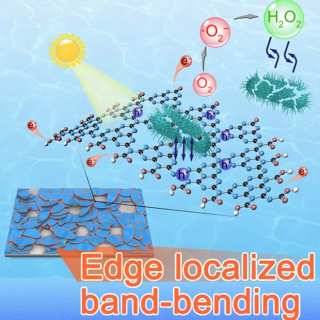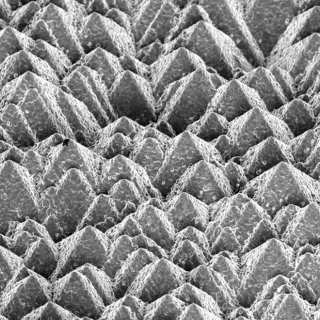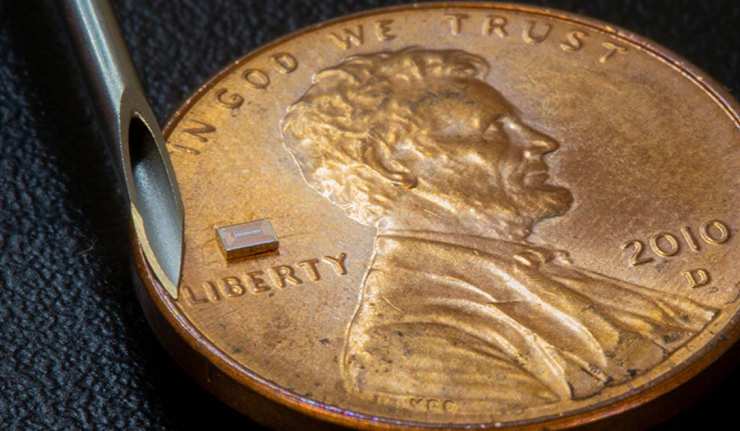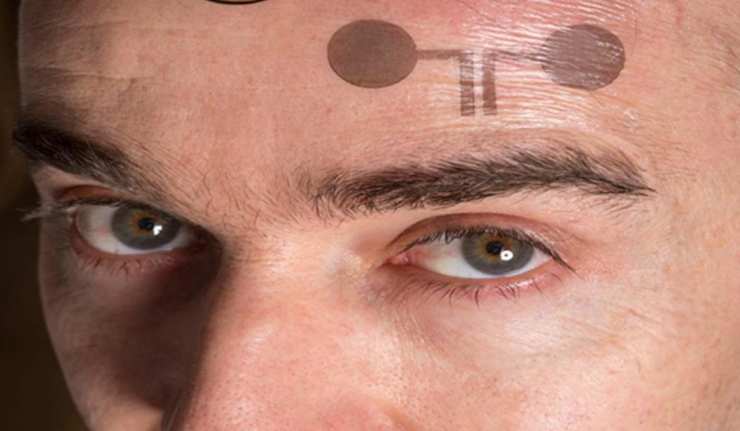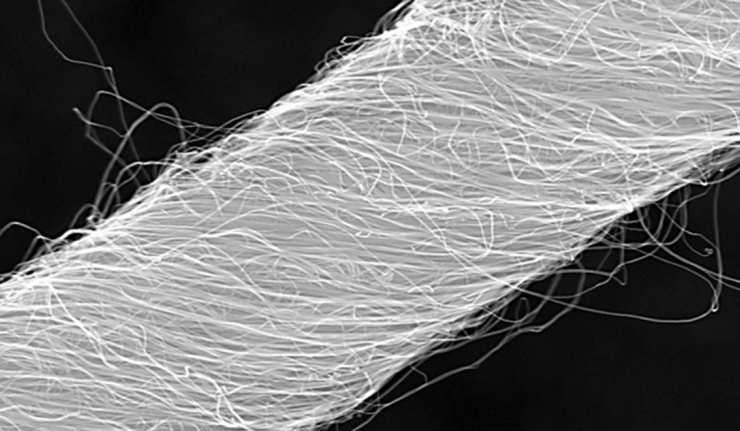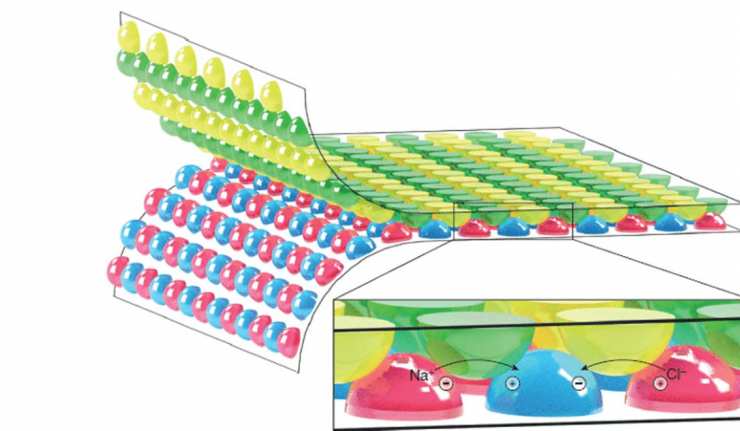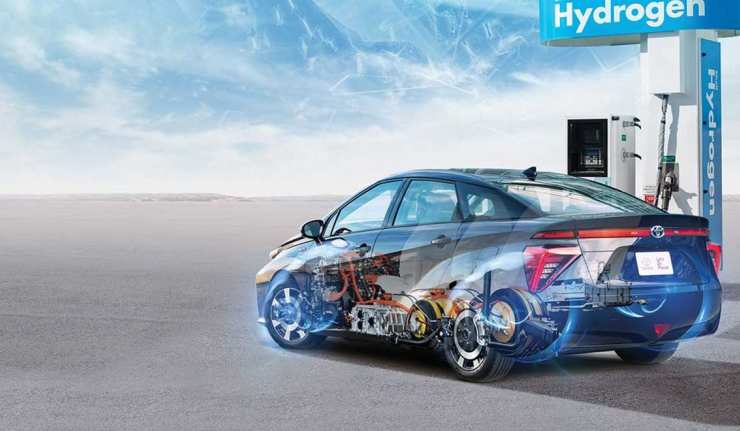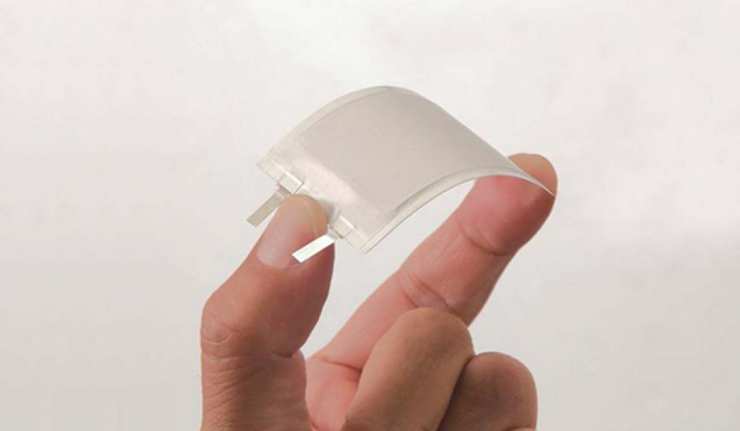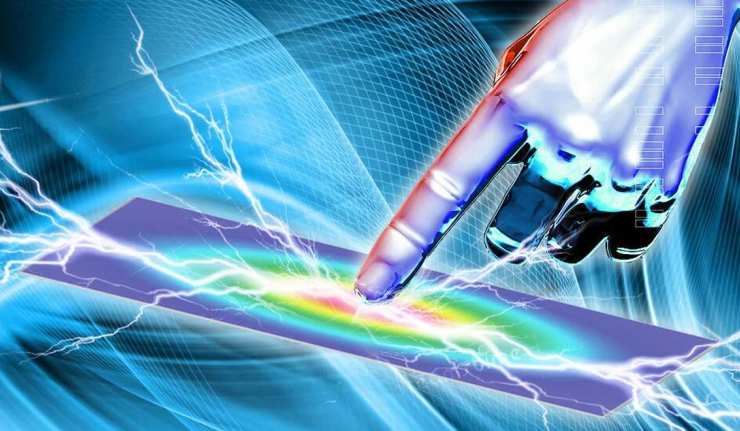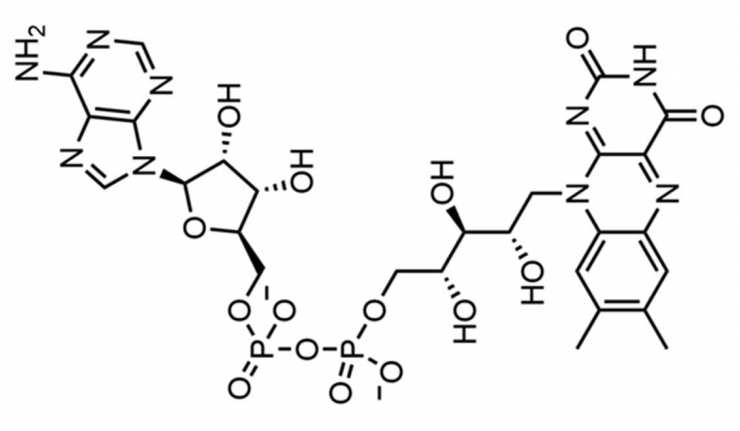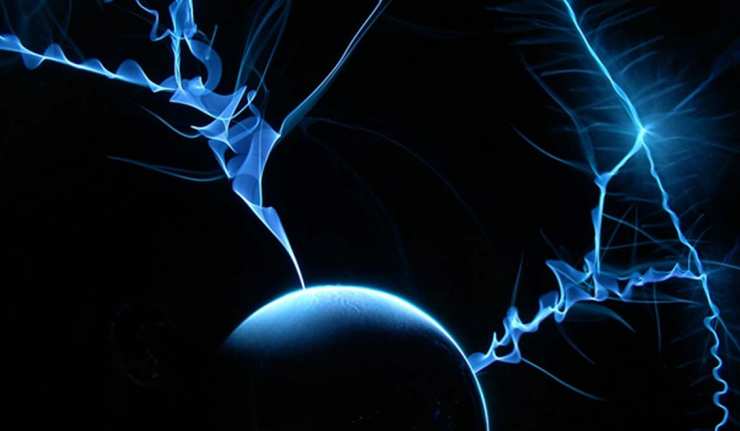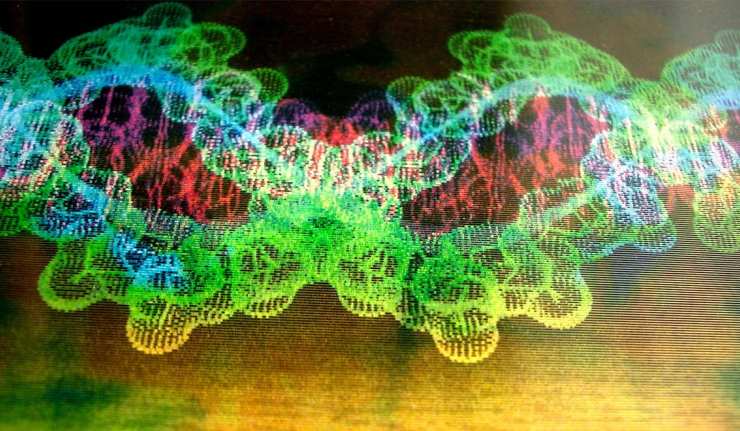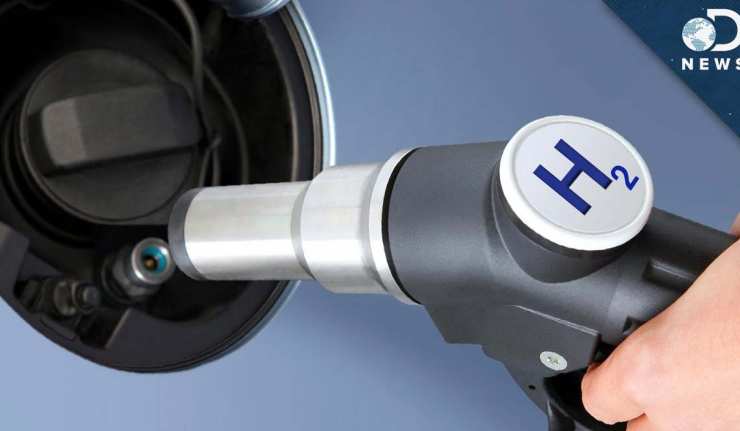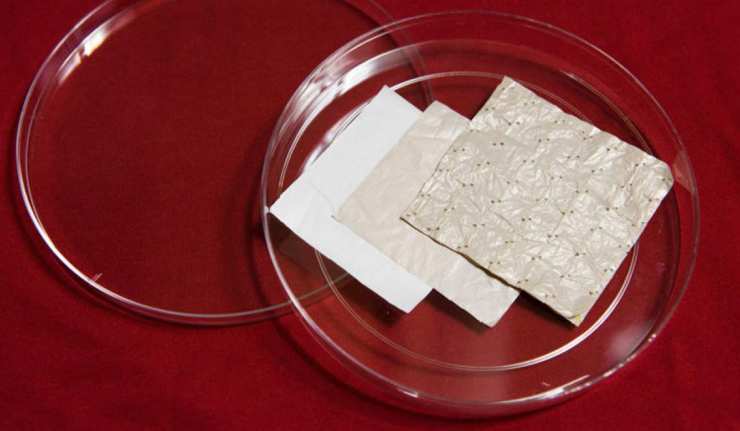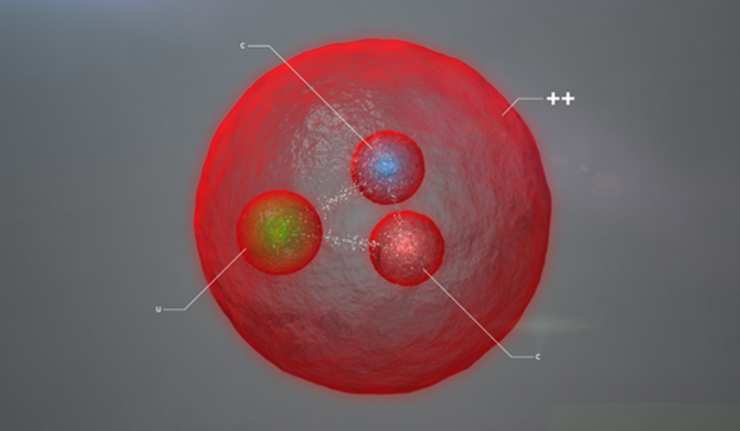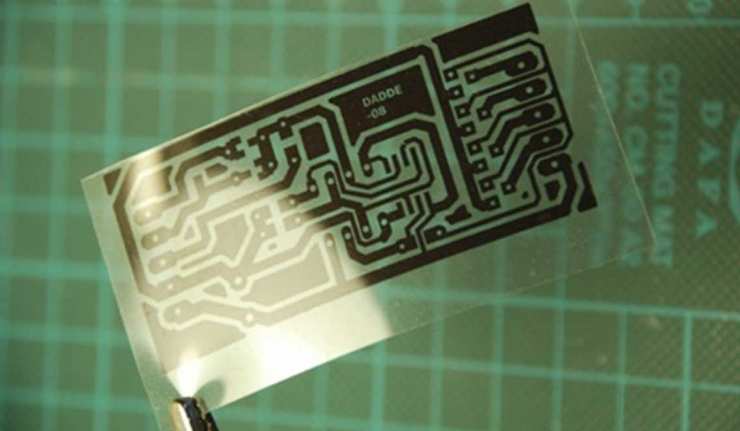Matter & Energy
Sub-Dermal Chip Designed to Tell How Much You’ve Been Drinking
Long-term recovery from conditions involving the abuse of substances, such as alcohol, can be an incredibly difficult thing to achieve. Many people who benefit from it could be aided by devices or techniques that help track their abstinence (or lack thereof, occasionally) over time.
Electrode Tattoos: Medical Technology Meets Body Art
Patients with certain conditions undergo regular diagnostic procedures such as electroencephalograms (EEGs) in order to track their health. Over time, the equipment used to deliver such readings has evolved to enhance comfort and convenience. These advancements have been made possible by chemical engineering and materials sciences.
Yarn that Holds Charge: Nanotech Project Results in New Type of Fibre-Like Battery
Carbon nanotubes are one of the world's newest supermaterials. They can be used in electronics, medical research, material science, and even water purification.
Researchers Turn Fiction Into Fact By Developing Bio-Inspired Invisibility Skin
“We were inspired both by science fiction and science fact – seeing dinosaurs disappear and reappear under an infrared camera in ‘Jurassic World’ and seeing squid filmed underwater do similar things.”
- Alon Gorodetsky, professor at UCI
Cephalopods, the class of marine animals including squids, octopuses and cuttefish, have a specialized mechanism of escaping from their prey or while signaling — camouflage.
Alternative Illumination: The Next Generation of Molecule-Level Lighting Solutions
Biological and chemical nanoengineers are faced with the problem of getting molecules to take the shapes they want towards certain applications.
For example, tissue engineering may require molecular 'scaffolds' to deliver and build matrices of the new cells needed to replace those lost in wounds or other anomalies. However, it is difficult to get synthetic large-scale structures to stay in one piece, in vitro or in vivo. This instability is due to the difficulty in finding chemical formulas that will result in reliable, robust lattice structures.
The Electric Eel (Bio) Inspires Development of New Soft Power Cell
In the coming years, with groundbreaking research in the interdisciplinary areas of science, medicine, healthcare and technology, it is possible that chemical batteries we are familiar with will be completely replaced.
Reasons to seek alternatives include bulkiness, instability in extremes of temperature, toxicity of chemicals and low sustenance.
Can Renewable Energy Sources Be Protected from Cyberthreats?
The increased need for, and the implementation of renewable or clean energy, questions the premise of its safety and reliability because it brings about the possibility of being threatened by hackers by way of theft or cyberattacks. The magnitude of real-time data and the distributed generation of energy make for easy gateways. Take charging an electric car, for example — a group of such vehicles are ultimately connected to a larger power unit, which can, if jeopardized, compromise the grid of an entire city.
Powering The World With Wind Turbines
What if we could generate all the energy required to power the whole of civilization, just using wind turbines? It might sound far-fetched but new research published this week has suggested that this scenario is not entirely unrealistic.
A new location for wind farms
It would however, require some significant changes to the location of wind farms – placing these far out in deep water areas of our oceans, as opposed to on land or relatively near to the shore.
Can Renewable Energy Sources be Protected from Cyber Threats?
The increase in need for, and the implementation of renewable or clean energy questions the premise of its safety and reliability because it brings about the possibility of it being threatened by hackers through theft or cyberattacks. The magnitude of real-time data and the distributed generation of energy make for easy gateways. Take charging an electric car, for example — a group of such vehicles are ultimately connected to a larger power unit, which can, if jeopardized, compromise the grid of an entire city.
Future-Proofing Fuel Storage: One More Step Towards a True Hydrogen Economy
Hydrogen derived from water and exploited for its potentially huge energy payload is a substance of interest for those researching post-oil fuels and their uses. Some researchers and inventors conclude that hydrogen is the clean, green solution to humanity’s consistent need for power. The last few years alone have seen a revolution in hydrogen-purification methods. These include studies that have demonstrated chemical reactions that result in efficient and prolonged hydrogen production from solution, also known as ‘artificial photosynthesis’.
Bendable Batteries? – Power-Storage Technology and its Increasing Flexibility
The batteries that power our smartphones, tablets and other similar electronics are a crucial factor that affects how we use them on a daily basis. Despite advances in their technology, they may still discharge at a faster rate than we might like, and interrupt our screen-time when it’s time to recharge them. A longer battery life may mean a larger, more bulky battery which, unfortunately, is out of step with the perceived preference for more streamlined and thinner devices.
New Technology to Harvest The Energy of the Slow Motion
Lately, a lot of effort has been dedicated to researching new approaches to harvest green energy, from environmental resources. Green, or renewable energy, is collected from renewable resources, such as wind, geothermal heat, sunlight, waves and river motion. Furthermore, human body motion is also being considered as a potentially very rich source of energy. This is especially the case for low-energy consumption electronics, such as wearable, implantable and personal electronics and sensing technologies allowing for example, continuous health monitoring.
Powering the Future: Using Light to Make Hydrocarbon Fuel
We are in need of novel new fuel sources for the future, with one potential solution being the possibility of converting fatty acids to hydrocarbons using an algal enzyme which is activated by light. The ability to scale this recently discovered reaction to an industrial level could well provide an environmentally friendly new source of hydrocarbon energy.
Compressed Air: Battery of the Future
Storing natural energy sources like wind and solar energy is highly unpredictable, thus hastening the need to resort to alternate means. While some countries have taken to stockpiling hydroelectricity, other nations face challenges due to reasons like water scarcity or poor accessibility. Meanwhile, the daily requirements for energy via televisions, air conditioners, water heaters and so on, continue to escalate among both our homes and places of work.
Advances in DNA Nanotechnology
Cells are able to transmit and process information by using molecular machines designed by evolution. These biochemical machines, usually proteins, change their structure and function in predictable ways based on input from the environment. These components of the cell can be organized into cascades, or branching chain reactions, in which the changes in one component are transmitted to a large number of components downstream.
How Hydrogen Fuel Can Power the Future
In the scenic mountain ranges of Rjukan in Norway, tourists can go and see the evidence of work on using hydrogen as a fuel source. This location contains waterfalls that were harnessed for hydroelectric power in the 1920s. The energy generated from this plant would be used to split water into hydrogen and water using electricity through a process known as electrolysis, in an adjoining factory. Many researchers in Norway still think this is the way of the future, and that hydrogen can power any modern concern, from housing to industry.
Plastic Clothing Material that Keeps the Skin Cool
Inspired by the high temperatures of the last few years, engineers from Stanford University have created a plastic-based material which can keep pour bodies cool. The idea is that it could be incorporated into clothing items, to cool the wearer’s body far more efficiently than current natural or synthetic fabrics. It is low-cost and makes the person that wears it feel nearly 4 degrees’ Fahrenheit cooler than if they wore pure cotton clothing.
GravityLight: A New And Safer Way To Light Up Rural Africa
The International Energy Agency estimate that around the world, 1.8 billion people live without electricity. In Africa, this is a particular issue. In an interview with CNBC, Ponmile Osibo from the African Private Equity and Venture Capital Association said: “The situation is Arica at the moment is quite significant, over 40 percent of the population does not have direct access to energy.”
New Subatomic Particle Discovered With Twice The Charm Of Other Particles
For years, physicists have been trying to track down an elusive particle which, although predicted by the Standard Model of particle physics, has evaded detection until now. This week, the LHCb experiment at CERN’s Large Hadron Collider has definitively detected the presence of this particle, known as Xi CC ++.
Smart Paper: Using Electronic ID Tags To Create A New Way To Use Paper
We all love smart technologies. Smart phones, smart cars, smart houses, and so on. I have a device in my pocket that can relay my location by GPS, calculate the distance to my destination, count the number of steps it takes me to get there and displays the number of calories I burned; all of this while I stream cat videos from the internet. I can even control my smart house remotely from my phone, or have the doors to my smart car automatically unlock as I approach. It is glorious.

